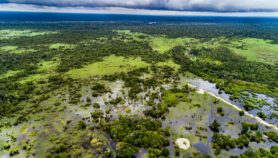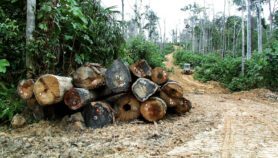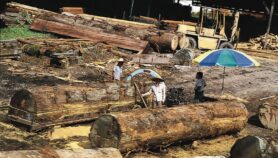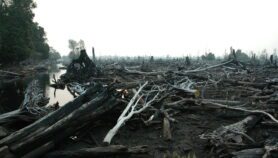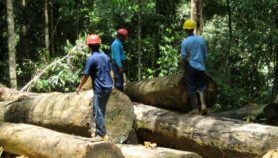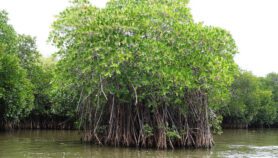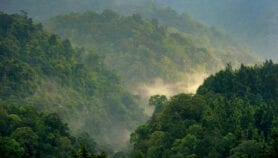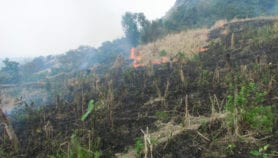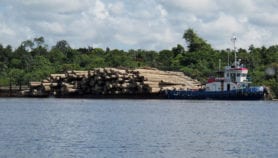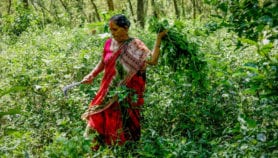29/11/21
Asia’s reforestation plans hit by lack of quality seeds
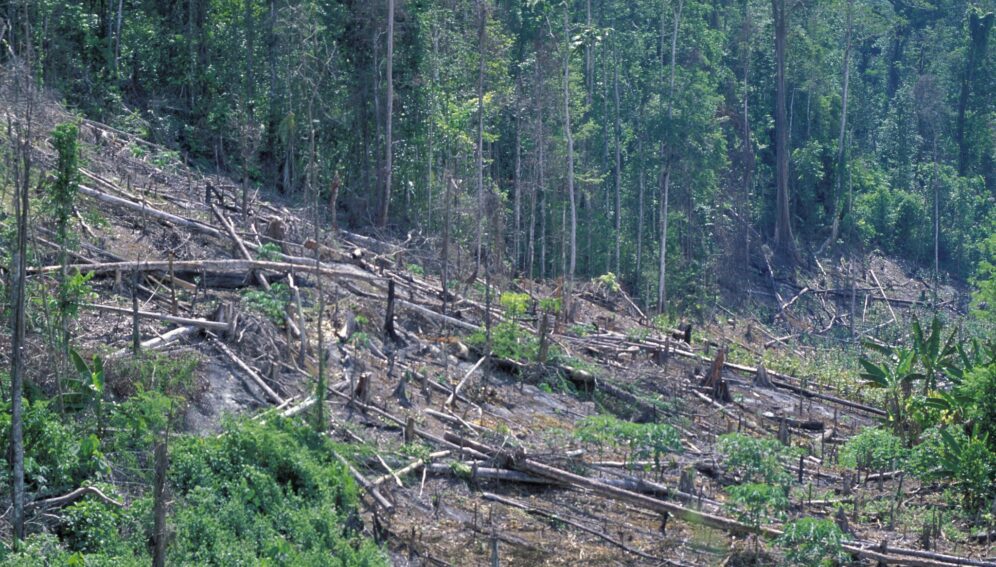
By: Sanjeet Bagcchi
Send to a friend
The details you provide on this page will not be used to send unsolicited email, and will not be sold to a 3rd party. See privacy policy.
[NEW DELHI] India, Indonesia, Malaysia and the Philippines will need 157 billion tree seeds in order to achieve a combined target of covering over 47.5 million hectares with trees by 2030, says a new study.
Published in the November edition of the journal Diversity, the study says that availability of quality seeds is important to achieving global forest restoration targets under the Bonn challenge — which aims at covering 150 million hectares of degraded and deforested lands with trees by 2020 and 350 million hectares by 2030.
Credit: Our World in Data.
Conservation of the world’s forests received a boost at the UN climate summit COP26 in Glasgow earlier this month through a declaration by world leaders and other stakeholders to provide financial resources and the necessary knowledge and tools to protect forests and maintain their important ecosystem functions.
However, Riina Jalonen, a co-author of the study and scientist at the Bioversity International research centre, Malaysia, says that investment in seeds and seedlings has been lagging far behind restoration commitments made over the past decade. “In fact, continued forest degradation has likely reduced seed availability instead,” she tells SciDev.Net.
“Continued forest degradation has likely reduced seed availability instead”
Riina Jalonen, Bioversity International
The researchers identified several constraints to forest landscape restoration in the studied countries, including limited supply of priority native species, poor quality control of seeds, and lack of information about the effects of climate change on native species.
“High-quality, suitably adapted tree seed at volume is a key component for the implementation and long-term success of forest landscape restoration,” the researchers note.
Rekha Warrier, study co-author and scientist at the Institute of Forest Genetic and Tree Breeding, in Coimbatore, India, tells SciDev.Net that many Asian countries have taken up restoration targets to meet international commitments, but many of them have not “reached up to the expected level due to various bottlenecks”.
In Malaysia, the role of the government in forest landscape restoration is significantly limited while in Indonesia government-driven projects are dominant. In the Philippines, there is a lack of involvement of local communities in the planning and implementation of forest restoration. In all of these systems, the quality of seeds has not been maintained, the researchers say.
“We do not need to reinvent the wheel,” says Ennia Bosshard, lead author of the study and a PhD student at the University of Exeter, UK. “While there are currently major limitations at the national levels in the studied countries, there are aspects of a fit-for-purpose seed system that work well in some countries and knowledge transfer between the different stakeholders has the potential to improve the seed supply.”
Study co-author Enrique Tolentino Jr, a professor at the Philippines-based College of Forestry and Natural Resources, University of the Philippines Los Baños, says that government and society should join forces to implement policies and programmes aimed at producing and supplying sufficient amounts of high-quality seeds.
Liana Anderson, a scientist at the National Centre for Monitoring and Early Warning of Natural Disasters in Brazil, says the study tackles one approach for forest restoration, which works through actively using high-quality seeds. However, there are other measures that can be considered for forest restoration without high investment, she commented.
Anderson says that the space between deforested areas and other forests’ core areas is important, as these areas could be used as a source of seeds for natural vegetation regeneration. “In some cases, especially in developing countries, the management of natural regeneration may be the most effective strategy to promote large-scale forest restoration,” Anderson tells SciDev.Net.
This piece was produced by SciDev.Net’s Asia & Pacific desk.






